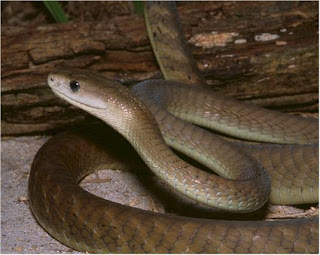I've had a really fun time putting together this theme week, and would like to end on a happy note with Ham the Astrochimp! The first ape in space!
There had been several animals in space before Ham. Mice, Dogs, and Monkeys had all been launched, but the purpose of Ham's trip was to prove something beyond survivability. Ham was trained to perform commands, so that reaction times could be recorded and assessed.
He was born in Camaroon in 1956, and in 1959 was brought to Holloman Air Force base, which would be the inspiration for his name:
Holloman
Aerospace
Medical Center. (He was originally named #65, and didn't obtain an actual name until after his successful mission) There were originally 40 animals in the program, but it was eventually whittled down to
just six, including Ham. These six chimpanzees were placed in Mercury mock-ups and trained to pull levers when prompted by lights. If they
performed the task correctly, they were given a banana pellet; incorrect answers resulted in a small electric shock to the feet.
On January 31, 1961, Ham was selected to be the test subject aboard Project Mercury capsule MR-2. The original plan was that he would travel to an altitude of 115 miles, and reach a speed of 4,400 mph. Technical difficulties resulted in an altitude of 157 miles, and a top speed of 5,857 mph. There was a temporary loss of pressure in the cabin, but Ham's suit protected him from harm. He was up for 16.5 minutes, including 6.6 minutes of weightlessness.
Ham was recovered from the Atlantic Ocean later that day, and was found to be in overall good health, albeit fatigued and a bit dehydrated. The results of Ham's test showed that reaction time in space was only a bit slower than on earth, proving that tasks could be performed. A little more than three months later, the United States sent their first human being, Alan Shepard, into space.
Ham retired from space flight and went to live in the National Zoo from 1963-1980. He was moved to the North Carolina Zoological Park in 1980, where he lived until his death at age 26 in 1983. Ham's skeleton was retained by the Armed Forces for ongoing testing, and the rest of his remains were buried at the
International Space Hall of Fame in New Mexico. A plaque and a memorial garden mark the spot.

 RSS Feed
RSS Feed Twitter
Twitter 08:00
08:00
 booker2o73lister58
booker2o73lister58


















































